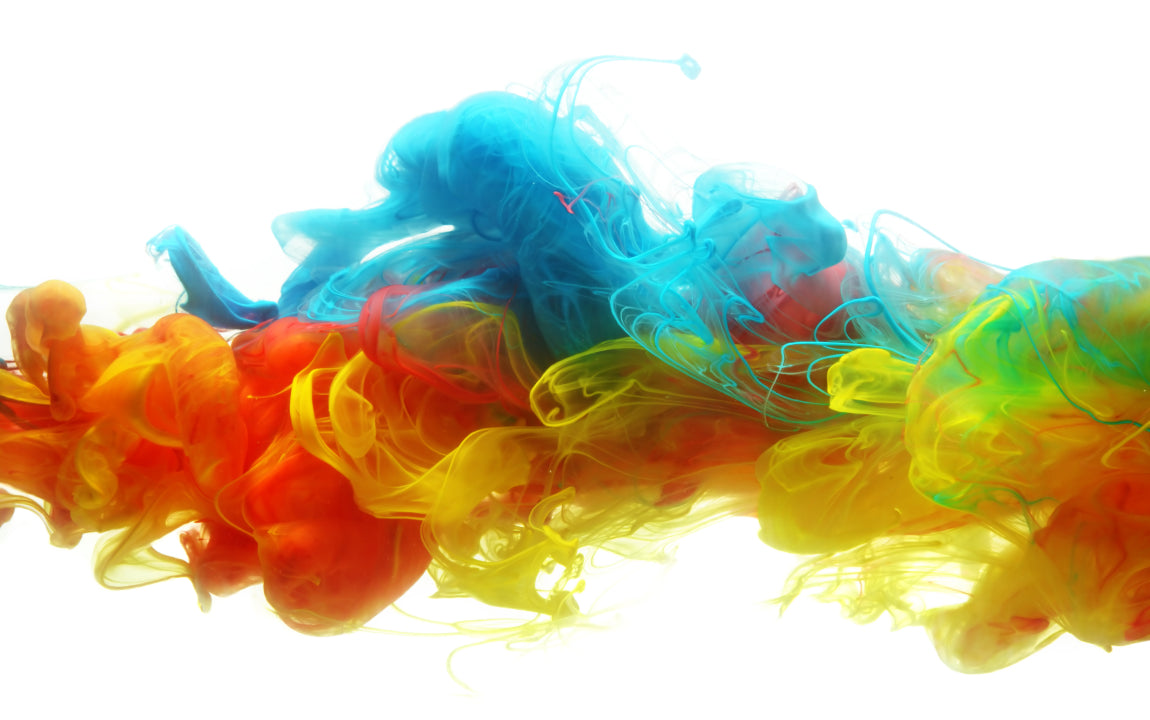What are VOCs?

What are VOCs? (They can’t be seen, but they’re all around us…)
VOCs are Volatile Organic Compounds. “Volatile” refers to the low boiling point of the compound that causes it to disperse easily into the air. These are emitted as colorless, sometimes odorless gasses from things like furniture, paints, cleaning products, copy machines, etc. When released in your home, these gasses can build up to 2 to 10 times higher than concentrations outdoors. VOCs can irritate your eyes and nose, cause headaches and nausea, damage organs, and some can even cause cancer. Blast from the past: anyone remember “dittoed” homework sheets with a fragrant purple ink? VOCs to the max!
In the past we may have needed olfactory proof that the cleaning product was working, but today “VOC-free” has become the smarter way to buy and live. Although the paint industry provided some of the most visible and better-smelling changes in product, it’s a bit more complicated when it comes to laundry and cleaning products, because “fragrance-free” does not always equal low VOCs.
Although at the top of this post I noted that VOCs are “sometimes odorless”, which means there are some VOCs you can’t detect by smell, most people associate their negative reactions to products with fragrances. In this study, people in the US, UK, AU, and SE were polled for sensitivity across a wide range of products and situations (like being around others wearing fragrances, smelling dryer vent emissions, exposure to air fresheners, deodorizers, and cleaning products), which showed approximately 32% of the general population has sensitivity to various fragrances. The study analyzed results of 5 other studies of 249 common consumer products like air fresheners, laundry products, cleaning supplies, personal care products, essential oils and car air fresheners, to identify the top hazardous VOCs. Ethanol was most prevalent in fragrance-free compounds, while terpenes like limonene, alpha-pinene and beta-pinene were most prevalent in fragranced products. There were no terpenes in fragrance-free products, so the study went on to focus on terpenes, which can react with other compounds indoors to produce formaldehyde and ultra-fine particles. The most surprising takeaways from this study, is that:
- “...fewer than 4% of all VOCs, and fewer than 5% of potentially hazardous VOCs, were disclosed on any product label, safety data sheet, or elsewhere”.
- “...no significant difference was found in the emissions of the most prevalent potentially hazardous VOCs between green (organic, natural) fragranced products and regular fragranced products”.
What does this mean for us when we go shopping for cleaning products or personal-care products? Fragrance-free is better, because it indicates a lack of terpenes, a major class of VOCs. And we need to do the research… because the label won’t tell us about VOCs and we don’t own the scientific equipment (beyond our noses) to detect them.
Fortunately, there is help out there! GreenSeal is an organization that is dedicated to advocating, testing and certifying products that are non-toxic, low-VOC, carcinogen-free and phthalate-free. They have a huge database of products that are certified to meet these standards, such as the “general purpose cleaners” page. Also, the Environmental Working Group (EWG) is a non-profit which has tested thousands of products and grades them on their website, and has a healthy cleaning guide.
There are also many great privately owned websites that review cleaning and personal-care products that have few or no VOCs. Here are a few of them:
- www.gimmethegoodstuff.org is run by a team of family-oriented professionals with a passion for research and healthy living. Here is their guide on safe mattresses and it includes several discount codes!
- www.thefiltery.com is produced on Native American lands. Here is their list of the 15 best non-toxic laundry detergents.
- www.diynatural.com is a great resource for those who like to make their own products. Here is a page with links for making everything from baby wipes to carpet deodorizers to candles!
Now you know that not everything labelled “green” is actually healthy. Cookware is whole ‘nother topic I’m afraid, but you can check it out in our post “Is My Cookware Safe?”






